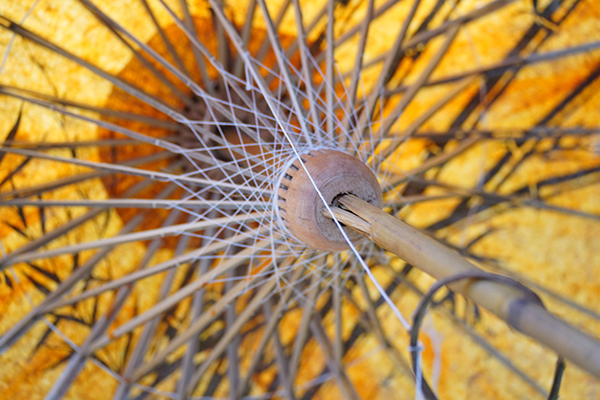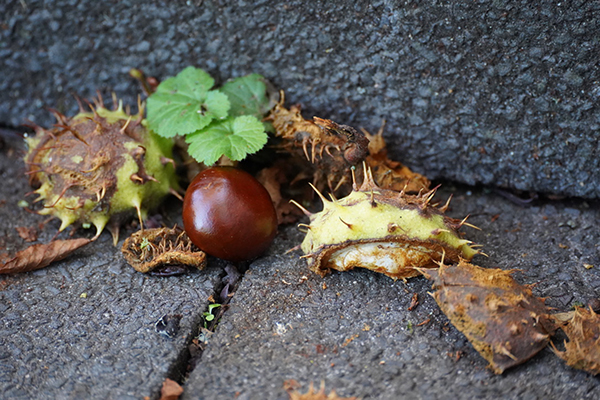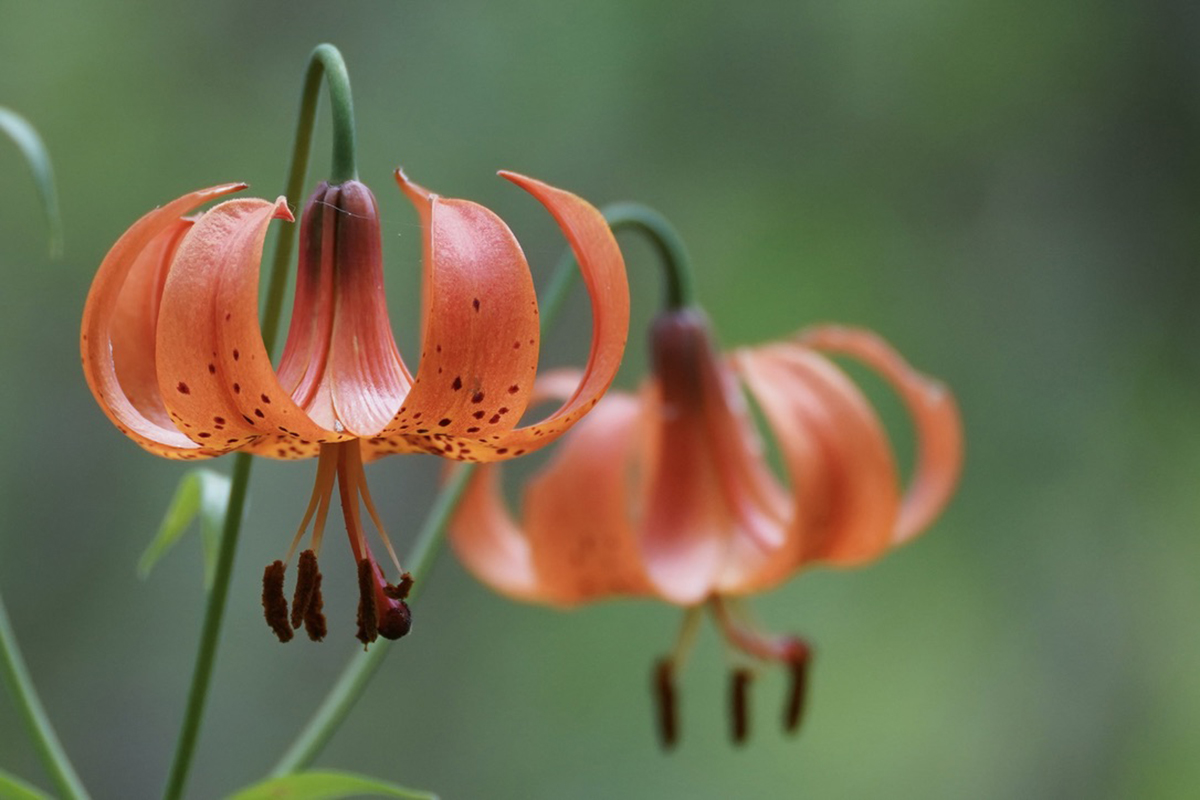‘I Let Tamron Be My Eyes’
Steven Rosar’s 20mm F/2.8 wide-angle and 70-300mm telephoto zoom lenses help him capture close-ups that intrigue.
Share the article:
More Photo Tips | Video Gallery | Photo Gallery | Enewsletter sign-up
By Jenn Gidman
Images by Steven Rosar
For Steven Rosar, his camera has long been a way to show his family where he’s been. “I travel extensively, so taking pictures is my way of bringing those experiences to the people I love,” the Michigan photographer notes. “Eventually, other people began noticing my photos, too, which is when I became more serious about my craft.”
Steven prides himself on his eclectic photographic interests, whether it’s hiking in the forest looking for flowers, birds, or mushrooms (“my latest obsession”), wandering city streets to capture local architecture, or putting a new spin on everyday objects in his yard or home. Helping him turn his subjects into art, especially for his close-up photography: his Tamron 70-300mm Di III RXD telephoto zoom and 20mm F/2.8 Di III OSD M1:2 wide-angle prime lenses, both for his Sony mirrorless camera system.

70-300mm (210mm), F/5.6, 1/250 sec., ISO 4000
Click image to view larger
“My favorite lens is the 70-300,” Steven says. “I don’t want to carry a lot of gear during my travels, and this lens offers me the versatility I need to cover most of what I want to shoot, with the 20mm available for when I want to go wider. Both lenses are so light and compact, also critical for traveling. And the image quality is stellar. I’ve had to put a lot of trust in my lenses and the camera they’re pairing with, because my eyesight isn’t the best anymore. Now I shoot on auto and let Tamron be my eyes. I know I’m always going to get great photos.”
After years behind a camera, it can be challenging for a photographer to explain how or why they compose an image the way they do. Steven, however, thinks he knows where he draws his inspiration from. “When I was a kid, I did a lot of jigsaw puzzles,” he says. “The puzzles would have an object like a lighthouse perfectly set here, with a lot of open space there. Unconsciously, I was building a foundation for my sense of composition, learning about the rule of thirds, the golden rule, etc. Now when I see an image, if I think it would work great as a jigsaw puzzle, it’s a keeper.”

20mm, F/2.8, 1/160 sec., ISO 4000
Click image to view larger
STEVEN’S QUICK TIPS
Show your subjects in a way they haven’t been seen.
I write poetry, and one of my poems is about the back side of things, where you can often find hidden beauty. Take the photo of the parasol, which I took at the Michigan Renaissance Festival. Normally you see a parasol from the outside. I wanted a photo of it from the inside. It was a cloudy afternoon, but there was enough light coming through the parasol to give it that pastel yellow shade on the inside. I liked being able to show off the intricate inner workings, which draws the viewer’s eye in with all of those lines.

70-300mm (193mm), F/5.6, 1/200 sec., ISO 800
Click image to view larger
Embrace the “stowaways.”
Sometimes when you’re shooting close-up work like this, you’ll intend to photograph one thing and end up capturing something else entirely. Those are what I call “stowaway” shots. That’s also what happened with the parasol image. I was concentrating on the bamboo, but the way the light came through highlighted that white string to make it unexpectedly pop.
For the photo of the chestnuts, taken in Wiesbaden, Germany, my goal that day was to take pictures of a Russian chapel at the top of a hill. Chestnuts were falling from the trees as I climbed toward the chapel. I stopped my trek to get down on the ground and take some photos. I appreciated the combination of the smooth chestnuts set against the rough texture of the stone pavement.

70-300mm (300mm), F/6.3, 1/320 sec., ISO 6400
Click image to view larger
Use flowers to experiment with depth-of-field.
They’re easy to play around with while honing this skill, because when there are a few of them all together—e.g., in a field—they're not all usually going to be the same distance from you. So you can practice getting one in focus and letting the others blur nicely into the background.

70-300mm (266mm), F/6.3, 1/320 sec., ISO 100
Click image to view larger
Show just part of an animal.
I was in a wildlife park in Bavaria when a peacock wandered over. I think he thought I was going to feed him, but I had no intention of sharing my sandwich. I took out my camera, hoping it would scare him away, but he was apparently used to cameras. Instead, I zoomed in on the colors, patterns, and textures of his feathers. By showing just a snippet of the whole animal, it forces the viewer to have to use their imagination a little, although at the same time, as soon as they see the photo, they usually instinctively know what it is.

70-300mm (300mm), F/6.3, 1/320 sec., ISO 200
Click image to view larger
To see more of Steven Rosar’s photos, check out his Instagram.
More Photo Tips | Watch Videos | Learn More About Tamron Lenses | Photo Gallery
